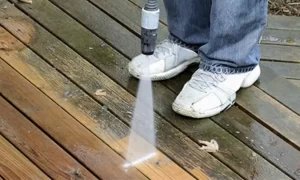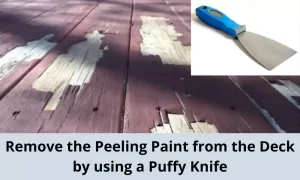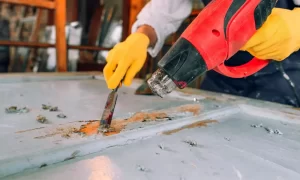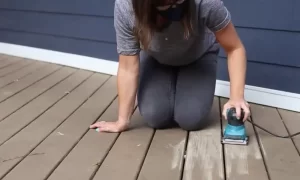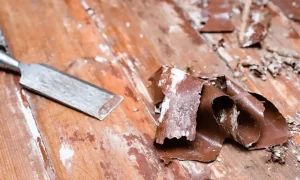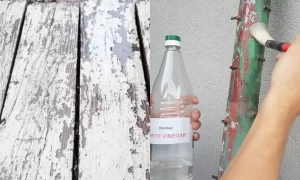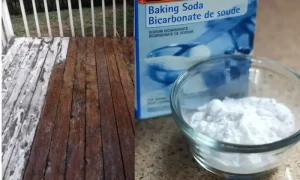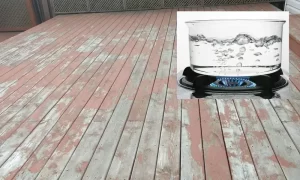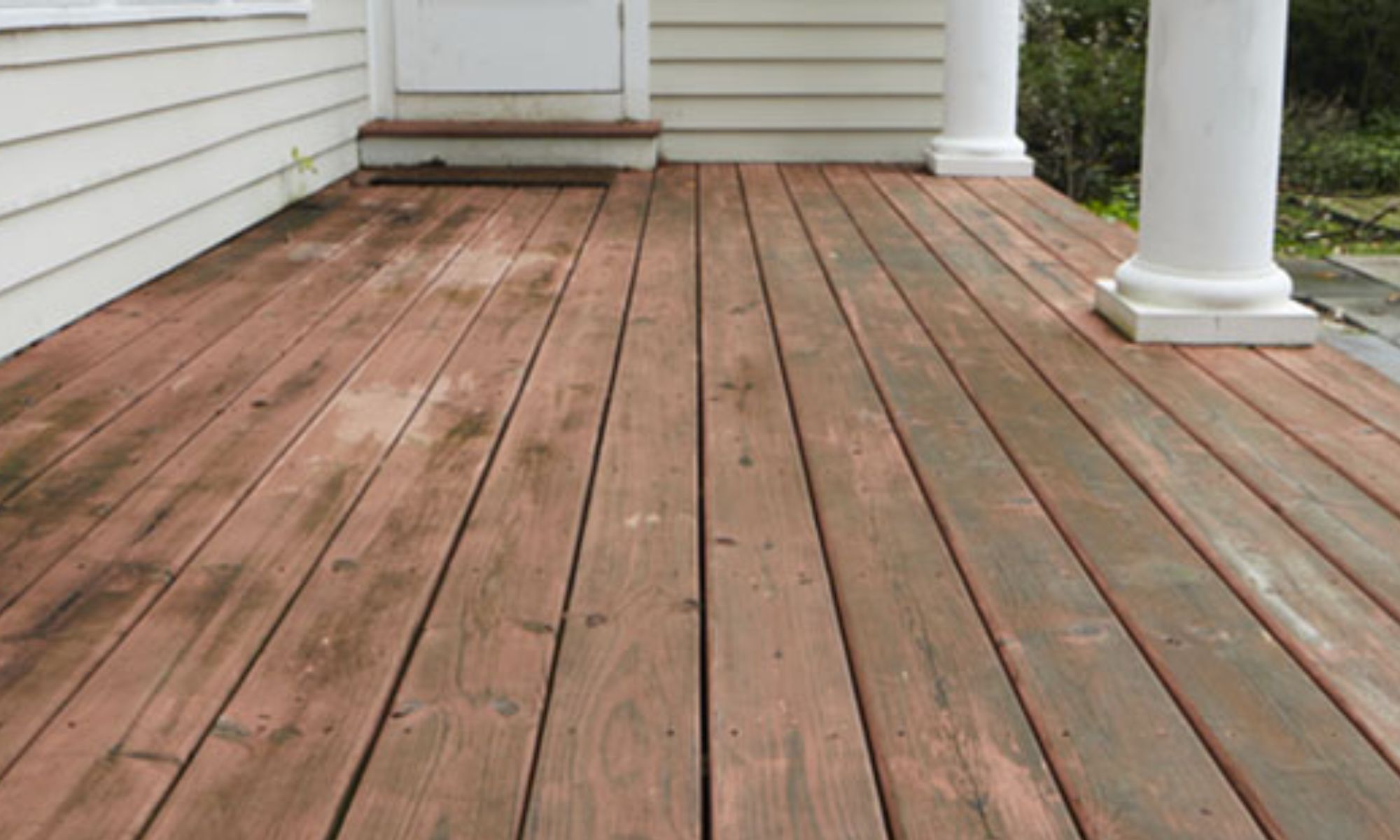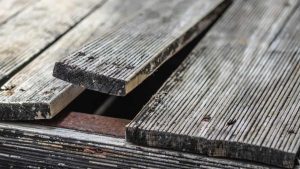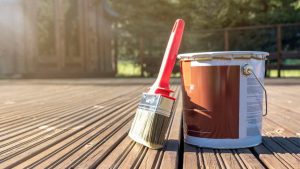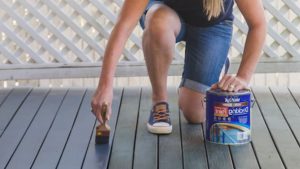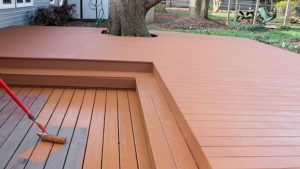You’re all set to spruce up your outdoor living space with a fresh coat of deck stain. Applying deck stains is a necessary part of maintaining your outdoor space. But before you start, you probably have one burning question: how long does decking stain take to dry?
The answer, unfortunately, is not so simple. It depends on a number of factors. However, there are a few general guidelines you can follow to ensure that your deck stain dries properly. With a little patience and planning, you’ll be able to enjoy your beautiful new deck in no time.
How Long Will It Take for Your Deck Stain to Dry Completely?
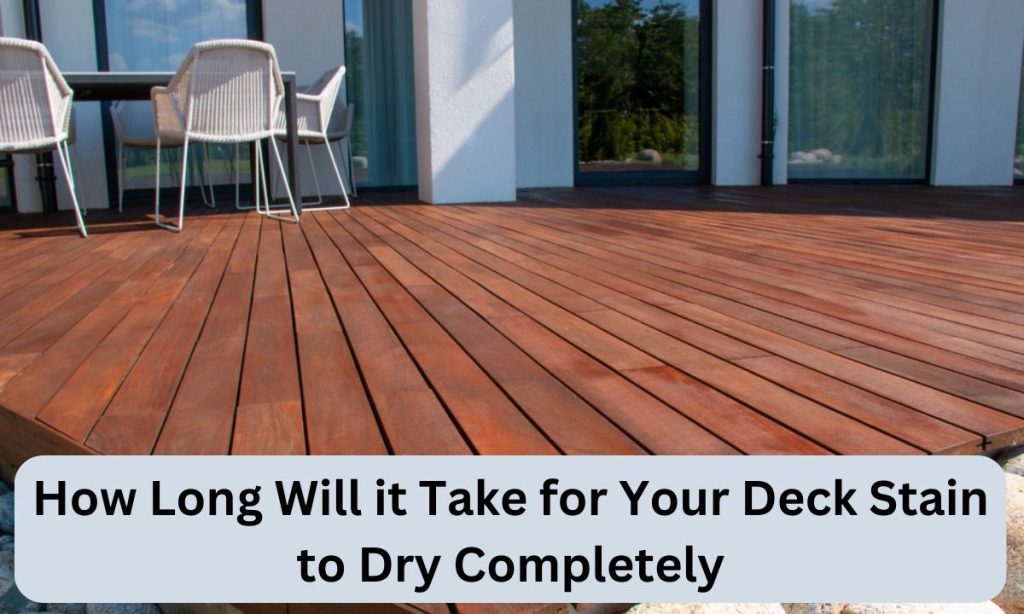
If you’re about to embark on the journey of staining your deck, you might be wondering how long it will take for the stain to dry.
Dry time for deck stains can range from 4 hours to 3 days.
It all depends on the following factors:
The type of deck stain you’re using
When it comes to staining your deck, the type of stain you use can have a big impact on the drying time. Because there are many different types of deck stains on the market, it’s important to choose the right one for your project.
The two main types of deck stains are oil-based and water-based.
Oil-based stain
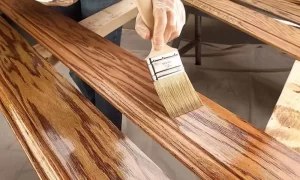
Oil-based stains typically have a longer dry time. This is because they need to be cured before they’re completely dry. The formulation of oil-based stains also makes them more susceptible to temperature changes. This means that if it’s too cold or hot outside, the drying time for your deck stain will be affected. In general, oil-based stains can take anywhere from 12 to 48 hours to dry completely.
Water-based stain
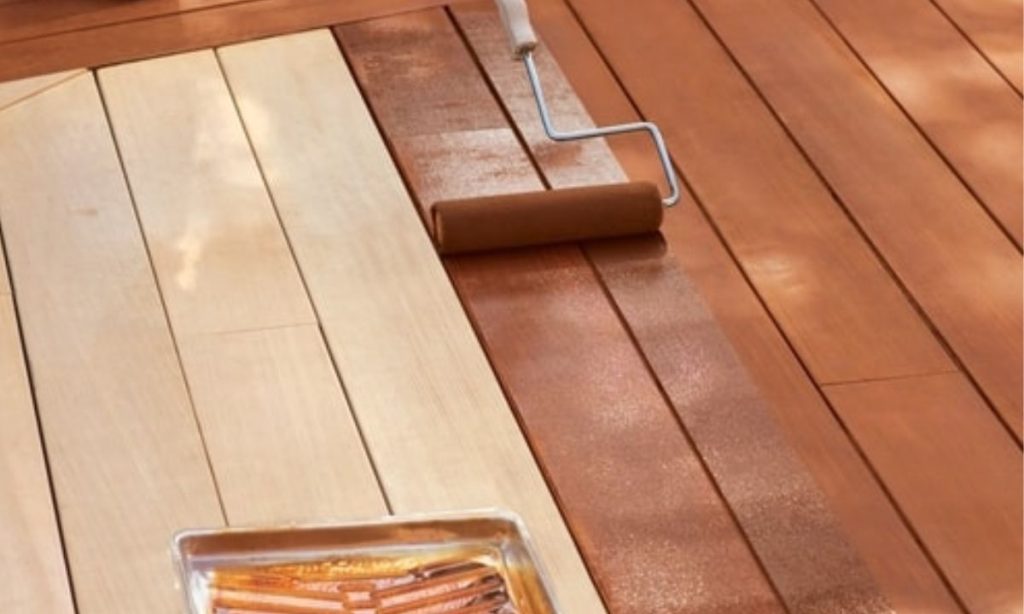
Water-based stains, on the other hand, have a shorter dry time. This is because they don’t need to be cured before they’re completely dry. Water-based stains are also less affected by temperature changes. In general, water-based stains can take anywhere from 2 to 8 hours to dry completely.
How many coats of stain you’re applying
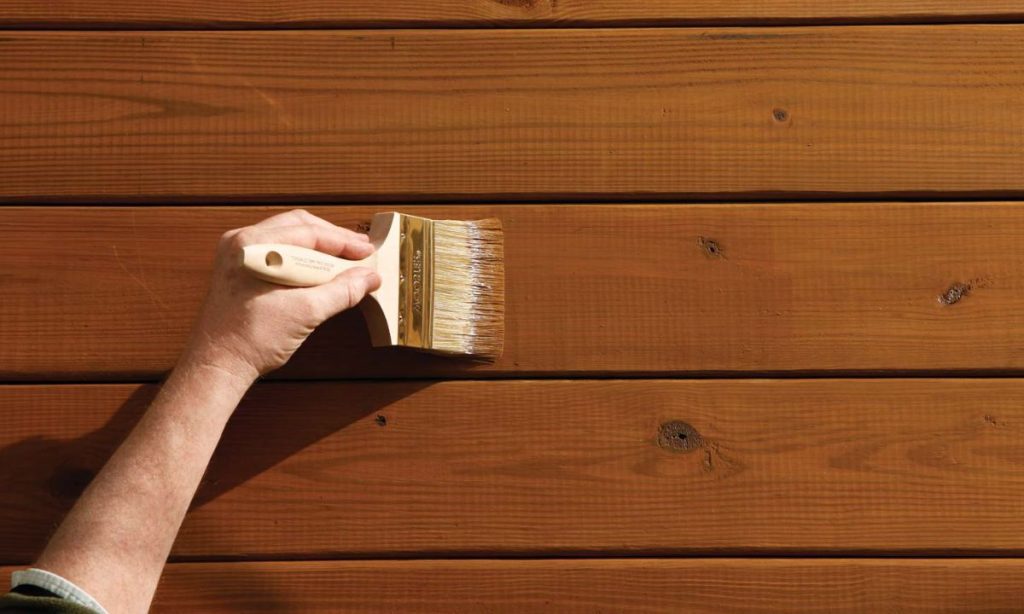
The coats of stains you apply to your deck can also impact dry time. If you only apply one coat of stain, it will take less time to dry than if you apply multiple coats. Because the single coat has less product to dry, it will be dry to the touch in a shorter amount of time.
However, if you’re applying multiple coats of stain, it will take longer to dry. This is because each additional coat adds more product that needs to be dried. Multiple coats also require more time in between coats than the previous coat to dry completely.
The weather
As we mentioned before, the temperature can have a big impact on the drying time for your deck stain. If it’s too cold or hot outside, the drying time will be affected.
Generally, it’s best to apply deck stains when the temperature is between 50 and 90 degrees Fahrenheit. If it’s too cold, the stain won’t dry properly due to the low temperature. If it’s too hot, the stain will dry too quickly and won’t have enough time to penetrate the wood. As a result, you won’t get the full benefits of the stain.
The humidity level
Humidity means the amount of moisture in the air. The higher the humidity, the more moisture there is in the air. If it’s too humid, the stain will take longer to dry. This is because the high humidity prevents the water in the stain from evaporating. As a result, the stain will stay wet for a longer period of time.
On the other hand, if it’s too dry, the stain will dry too quickly. This is because there is no moisture in the air to help the water in the stain evaporate. As a result, the stain won’t have enough time to penetrate the wood properly.
The best humidity level for applying deck stains is between 40 and 60 percent.
Amount of ventilation
Ventilation means the movement of air. The amount of ventilation in the area where you’re applying deck stains can also impact drying time. If there’s not enough ventilation, the stain will take a longer period of time to dry. This is because the lack of airflow prevents the water in the stain from evaporating. As a result, the stain will remain wet.
If there’s too much ventilation, the stain will dry too quickly. This is because the increased airflow will help the water in the stain evaporate. Therefore, the stain won’t have enough time to soak into the wood as it should.
The best amount of ventilation for applying deck stains is a moderate amount. This means there should be enough airflow to help the water in the stain evaporate but not so much that the stain dries too quickly.
What type of wood you’re staining
The type of wood you’re staining can also affect dry time. If you’re staining softwood, such as cedar or pine, the stain will dry more quickly. This is because softwoods are more absorbent than hardwoods. As a result, the stain will penetrate the wood more quickly and won’t take as long to dry.
If you’re staining hardwood, such as oak or mahogany, the stain will take longer to dry. This is because hardwoods are less absorbent than softwoods. As a result, the stain won’t penetrate the wood as quickly and will take longer to dry.
The thickness of the wood
The thickness of the wood you’re staining can also impact dry time. If you’re staining thin wood, such as veneer or plywood, the stain will dry more quickly. This is because thin wood is more absorbent than thick wood.
If you’re staining thick wood, such as a 2×4, the stain will take longer to dry. This is because thick wood is less absorbent than thin wood. As a result, the stain is not in a position to reach deep into the wood as it can with thinner boards.
What is the Best Time of Year to Stain the Deck?
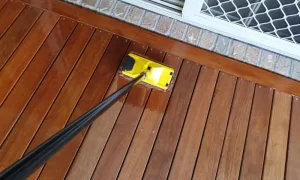
Summertime is the perfect season for entertaining guests outdoors. If you’re looking to make a good impression, then it’s important to have a deck that’s in tip-top shape. One way to keep your deck looking its best is to stain it on a regular basis.
But what is the best time of year to do this? Many experts believe that fall is the ideal time to stain your deck. The temperatures are cooler, which makes the staining process more comfortable.
Plus, there’s typically less rain during this time of year, so you don’t have to worry about the stain being washed away before it can set. If you want to give your deck a fresh new look, be sure to do it in the fall.
What is The Most Effective Technique for Drying Your Deck Right Now?
Have you ever walked out onto your deck barefoot and expected the warmth of the wood only to be met with the cold, damp sensation of wet decking? If so, you’re not alone. Many overlook the importance of properly drying their deck before enjoying it for the day.
However, did you know that failing to do so can lead to long-term damage? Wet decks are more susceptible to mold and rot, which can be expensive to repair. So, what’s the best way to dry your deck? The answer may surprise you.
One of the most effective techniques is also one of the simplest:
Allow the sun to do its work
The sun’s rays are powerful enough to quickly dry out wet wood without causing any damage. Because the sunlight will reach all sides of the decking, it will dry evenly and prevent any mold or rot from taking hold. Sunlight has to be direct for this to work, so be sure to clear any debris that may be blocking the sun’s rays.
Once you’ve allowed the sun to do its work, you can enjoy your deck without worry.
How Long Should You Wait Before Going Out on the Deck After It’s Rained?
Rain on your newly stained deck can cause all sorts of problems. Many people believe it’s okay to go out on the deck as soon as the rain stops, but this couldn’t be further from the truth.
When rainwater seeps into the wood, it can cause the boards to swell and warp. This expansion of the wood can put tremendous strain on the deck’s support and lead to dangerous instability. In addition, wet boards are more slippery than dry ones, increasing the risk of injuries.
For these reasons, wait at least 24 hours after a rainstorm before venturing out onto the deck.
By taking this simple precaution, you can help keep your deck safe and looking its best for years to come.
Frequently Asked Questions
If it rains before your deck stain has had a chance to dry, the best thing to do is to wait until the rain stops. Once the rain has stopped, give the deck a chance to dry off completely before applying the stain. Applying stains to a wet deck can cause all sorts of problems, including swelling and warping of the wood.
It’s not a good idea to use a hairdryer to speed up the drying process, as this can cause the stain to bubble and blister. If you need to speed up the drying time, it’s best to use a fan or other form of ventilation.
If your deck stain is still tacky after 24 hours, there are a few things you can do to speed up the drying process. First, make sure you’re using a water-based stain, as these dry more quickly than oil-based stains.
Second, apply a thin layer of stain to the deck. Thick coats of stains will take longer to dry than thin ones. Finally, keep the area well-ventilated. Good airflow will help the stain to dry more quickly.
No, you should not apply a second coat of deck stain if the first one is still tacky. Doing so will trap the tackiness beneath the second coat, making it even harder for the stain to dry.
If you’re not sure whether or not your deck stain is dry, it’s best to err on the side of caution and wait a few extra hours before applying a second coat.
Conclusion: How long does decking stain take to dry?
So how long does decking stain take to dry? Deck stain is an important part of preserving your deck and keeping it looking beautiful. Not only does it make your deck look nicer, but it also protects the wood from the elements. The most important thing to remember when staining your deck is to allow at least 4 hours to dry completely before using the deck again.
Depending on the weather and the type of stain you use, it can take anywhere from 4 hours to 3 days for the stain to cure fully. Make sure you check the weather forecast before beginning any project so that you know what kind of conditions to expect.
For more tips on how to properly care for your deck, be sure to visit our blog regularly.

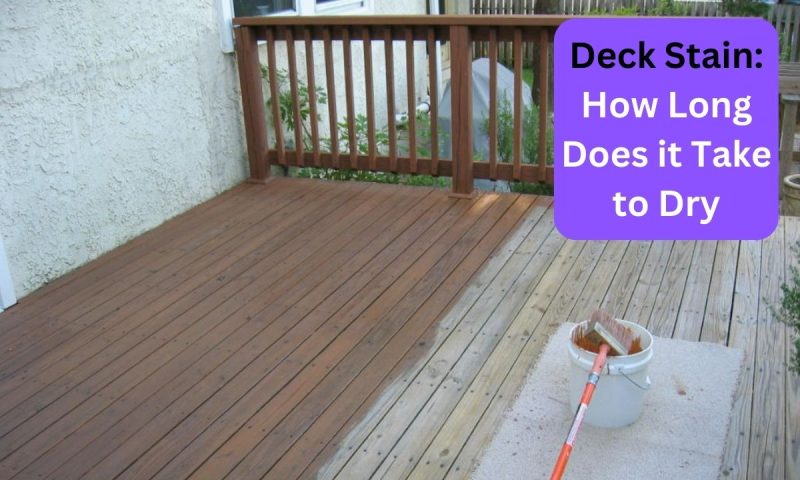
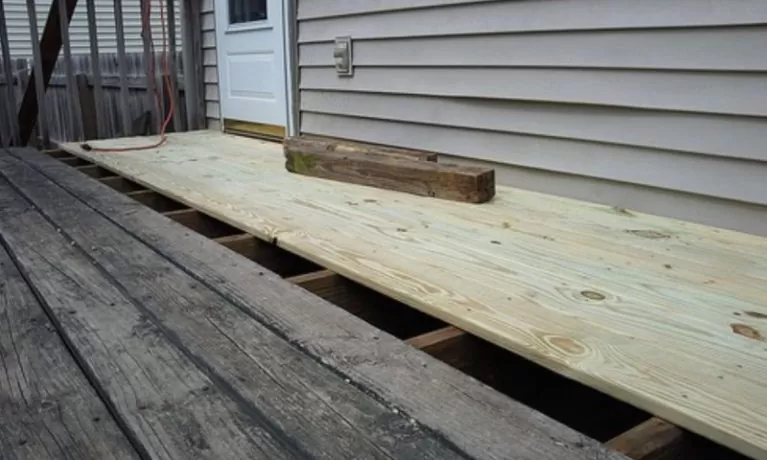
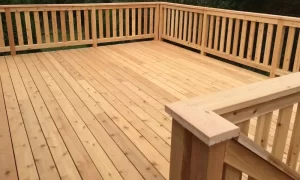
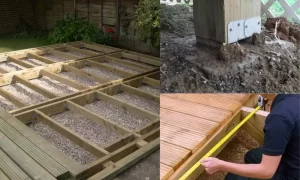
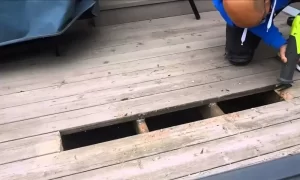
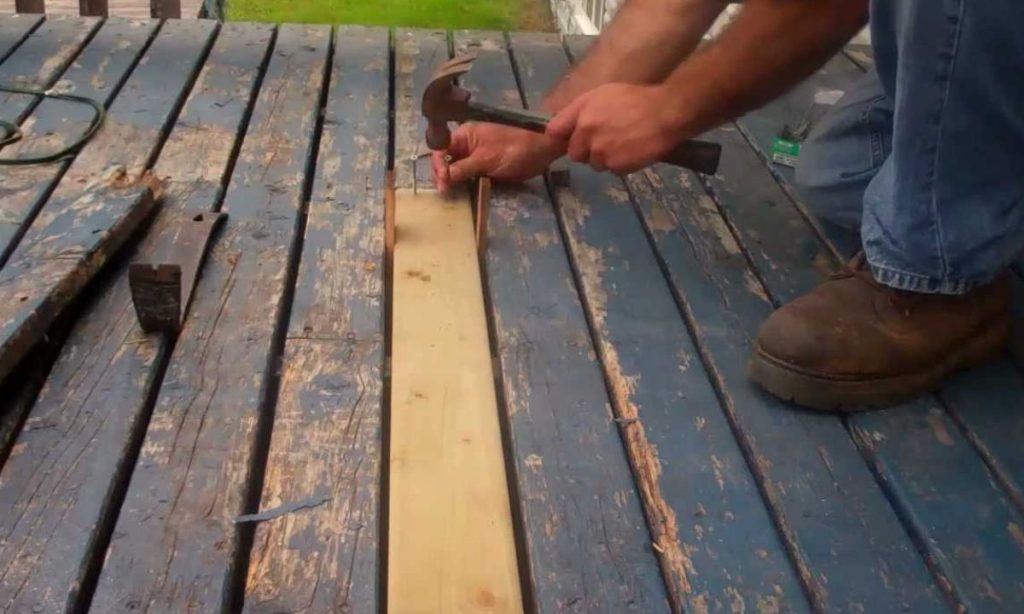

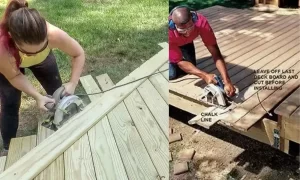
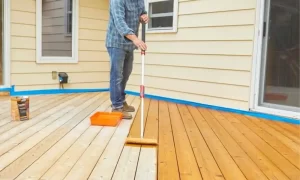
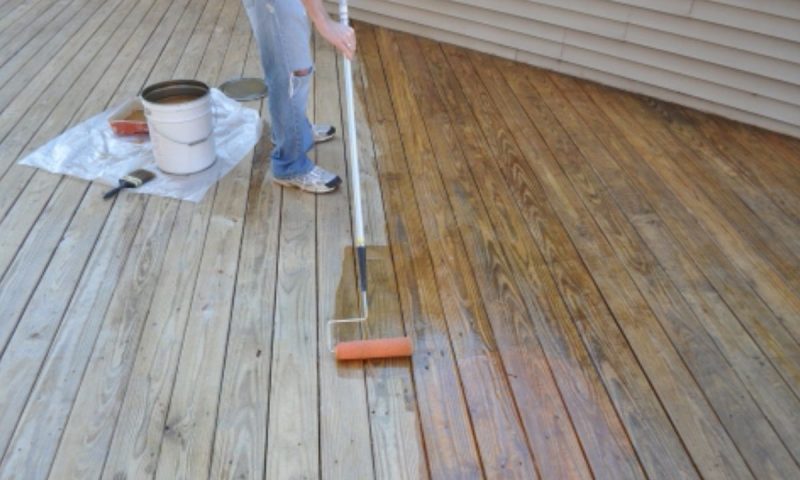
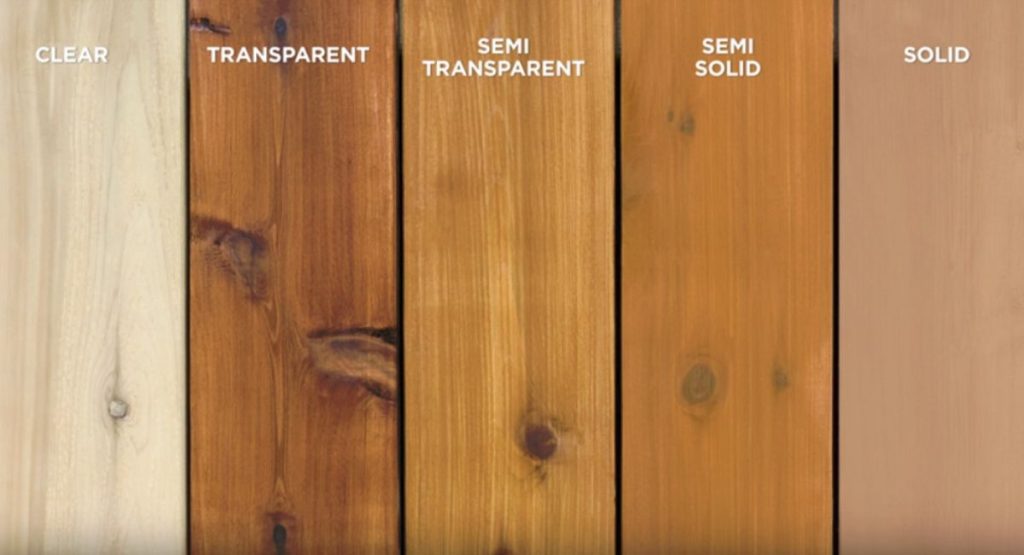
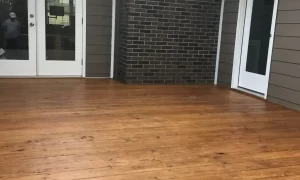
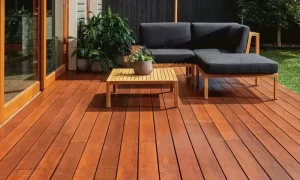
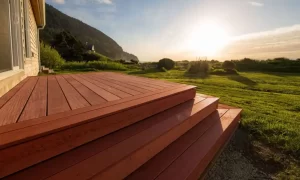
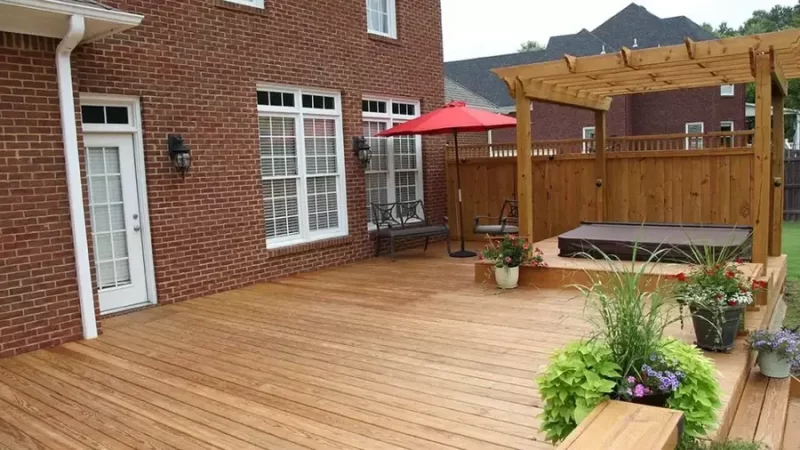


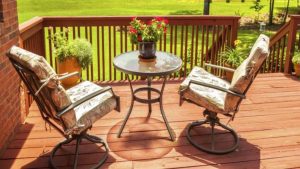
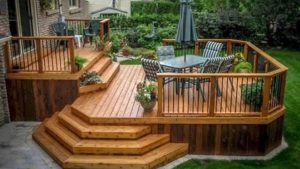
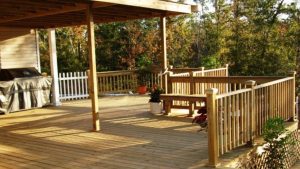
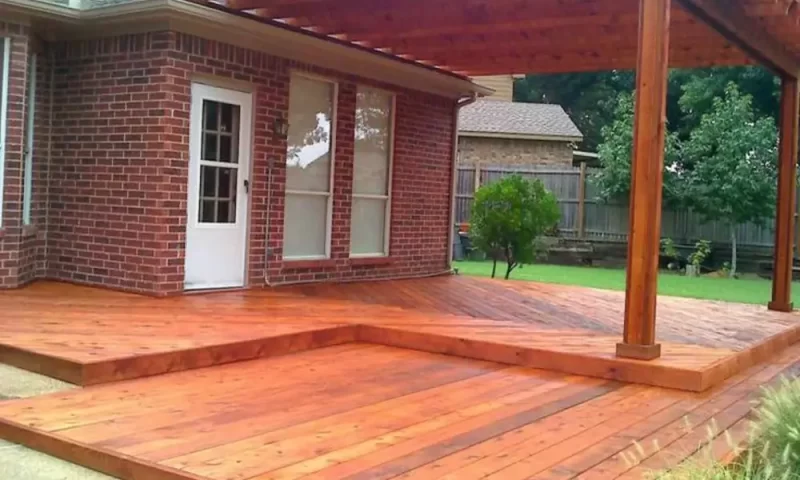
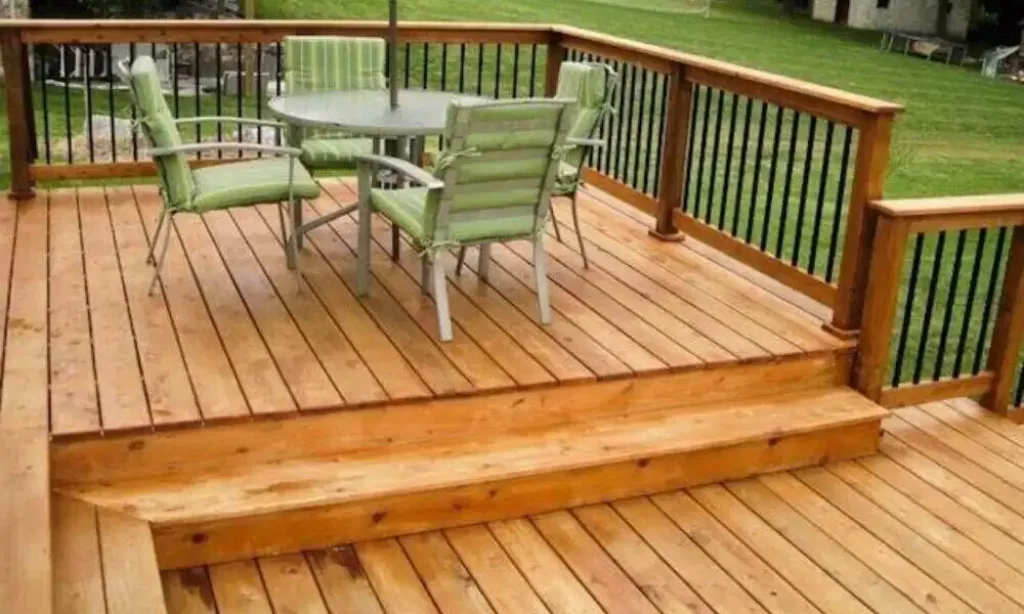
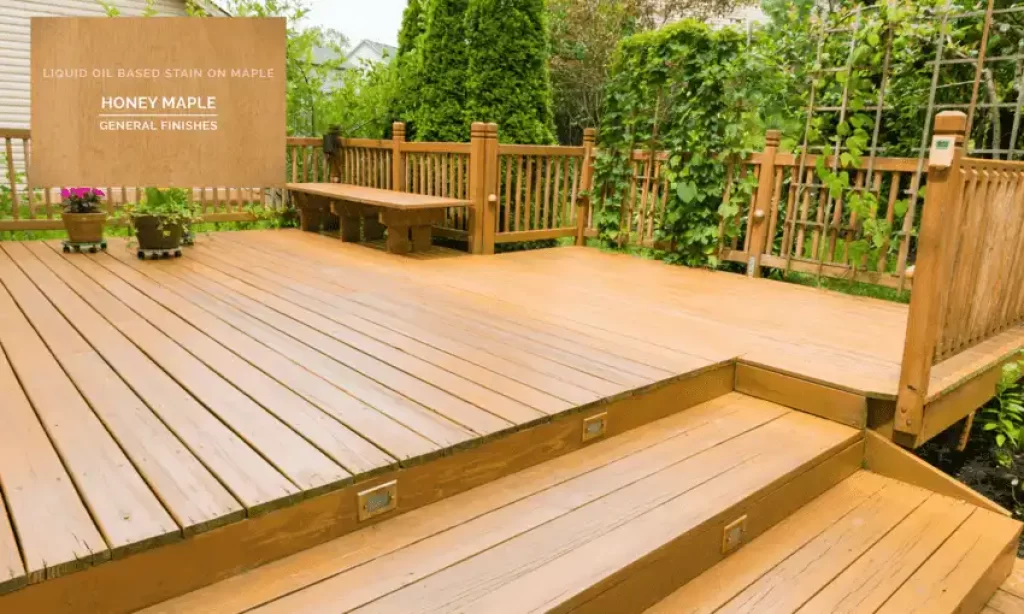
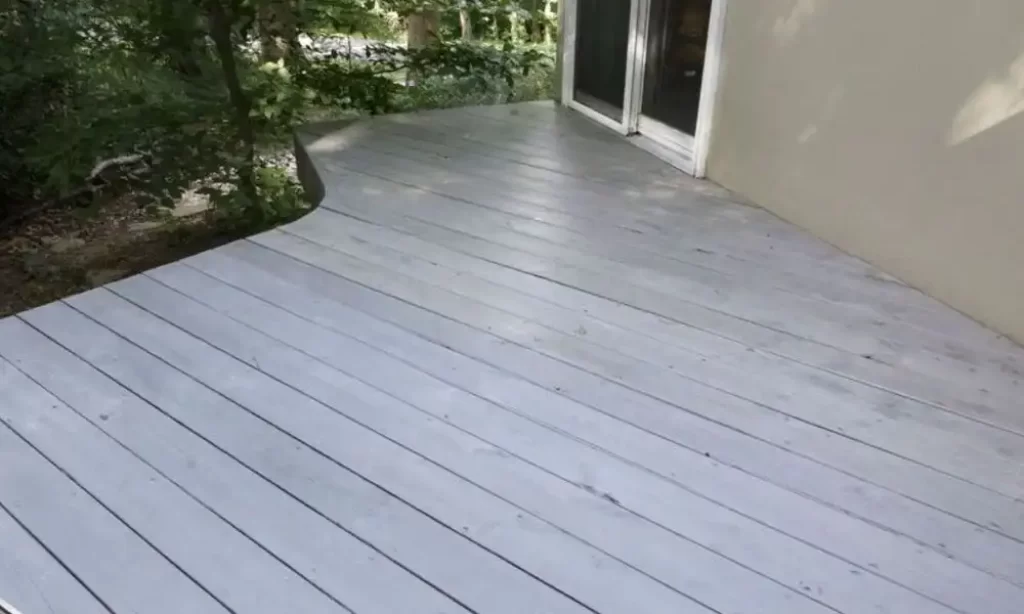
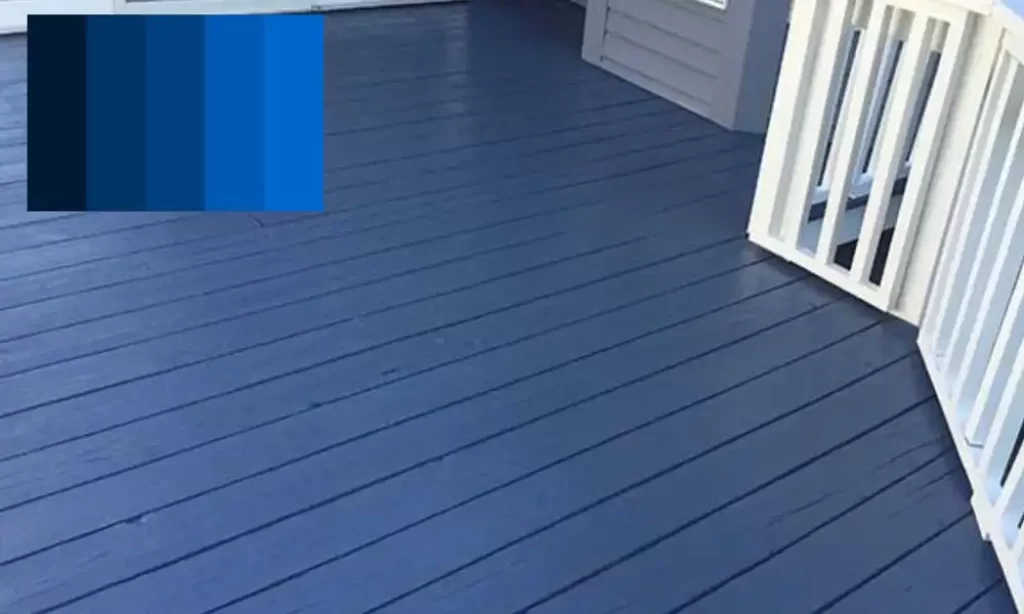
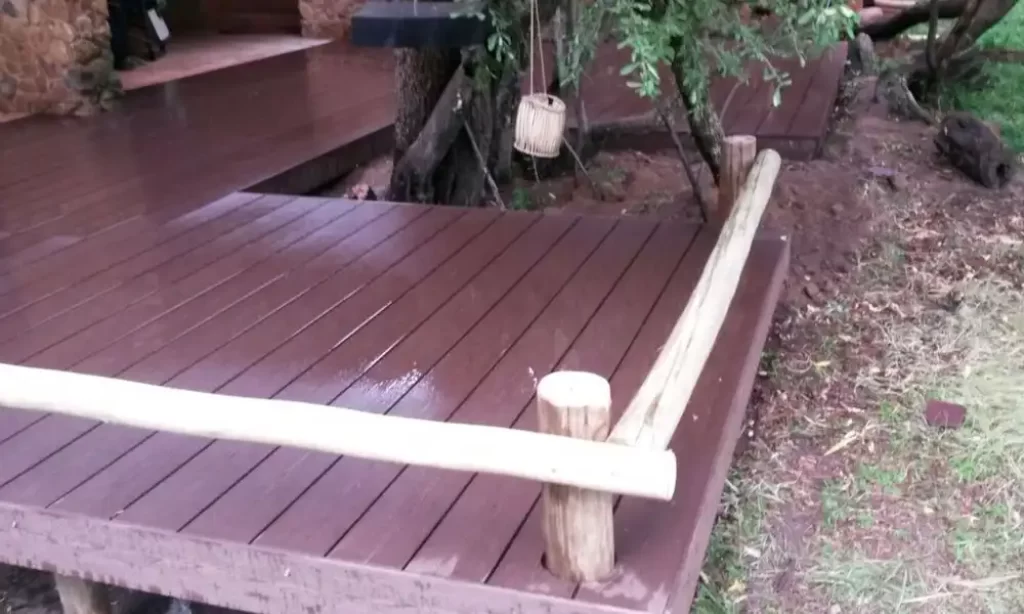
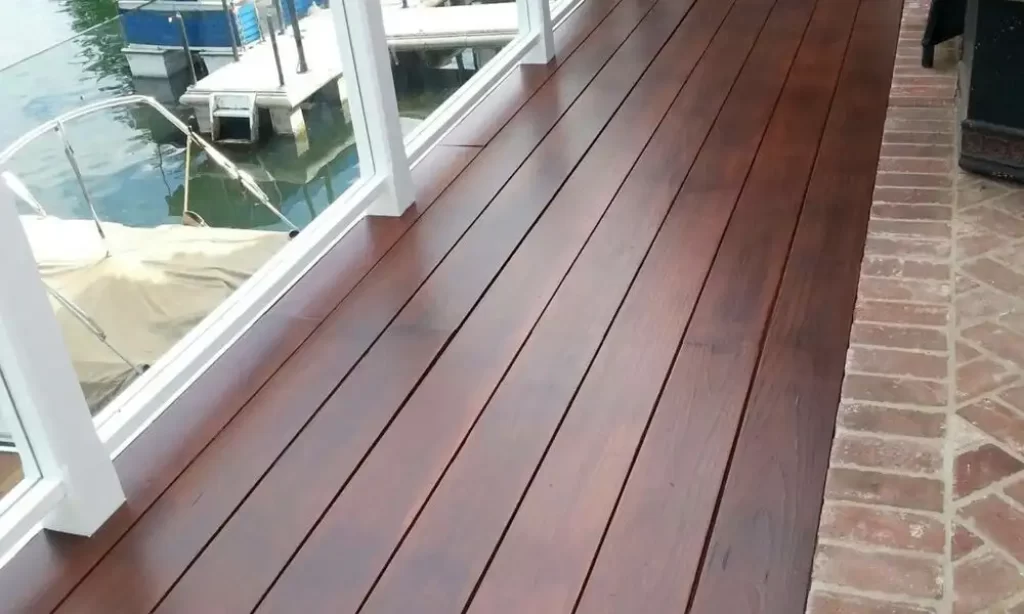
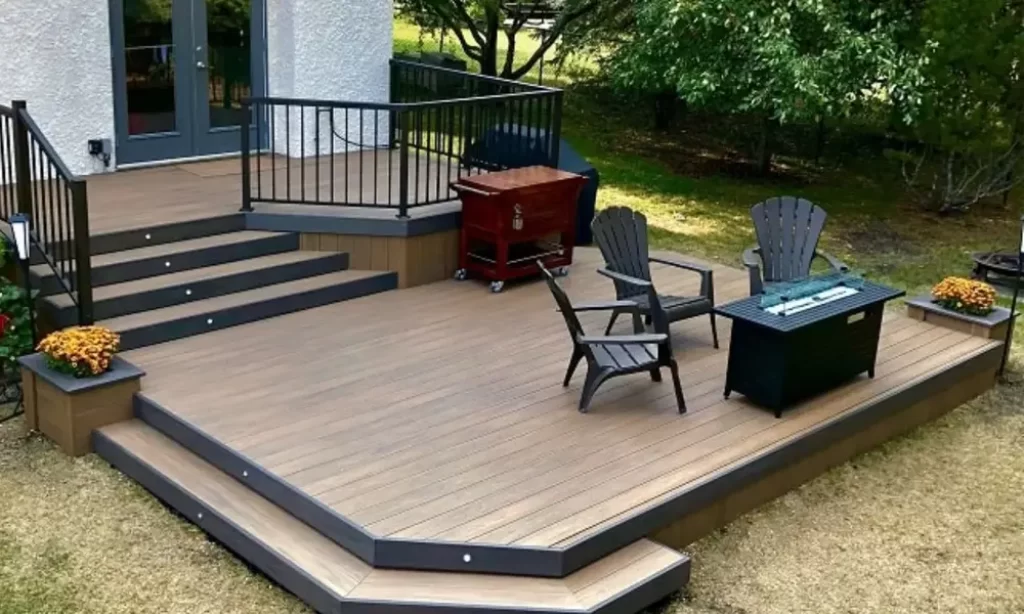
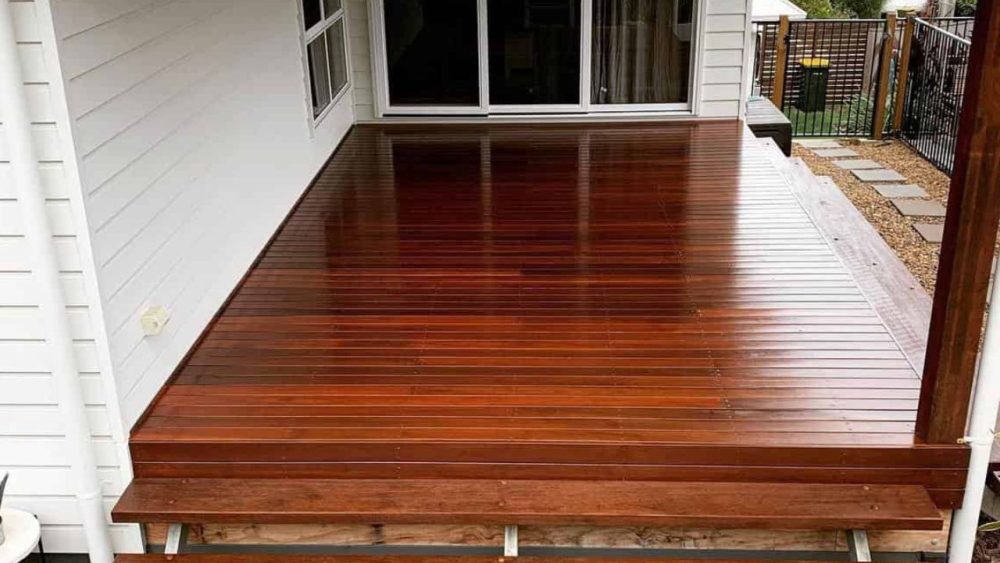
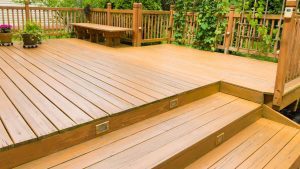
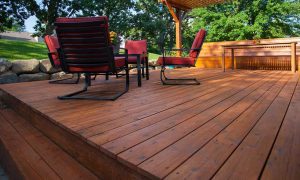
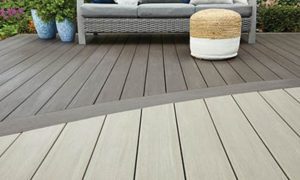
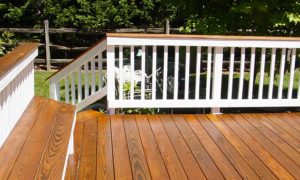
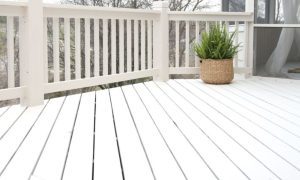
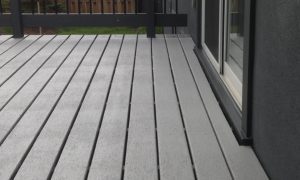
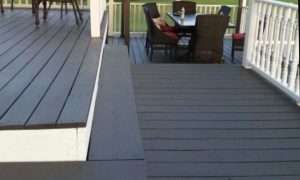
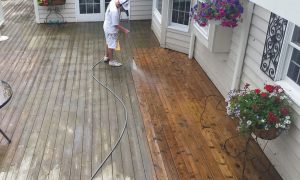
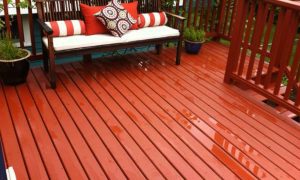
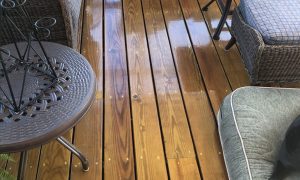


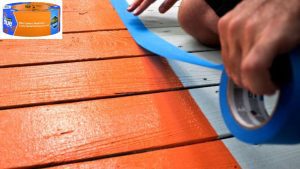

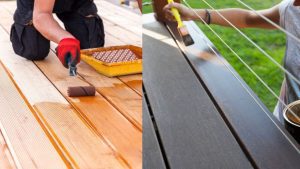
 Once you have a few coats of paint on your deck, it’s time to start thinking about furniture. After all, what’s the point of having a beautiful outdoor space if you can’t relax in it? Make sure to choose furniture that will withstand the elements so you can enjoy your deck for years to come.
Once you have a few coats of paint on your deck, it’s time to start thinking about furniture. After all, what’s the point of having a beautiful outdoor space if you can’t relax in it? Make sure to choose furniture that will withstand the elements so you can enjoy your deck for years to come.




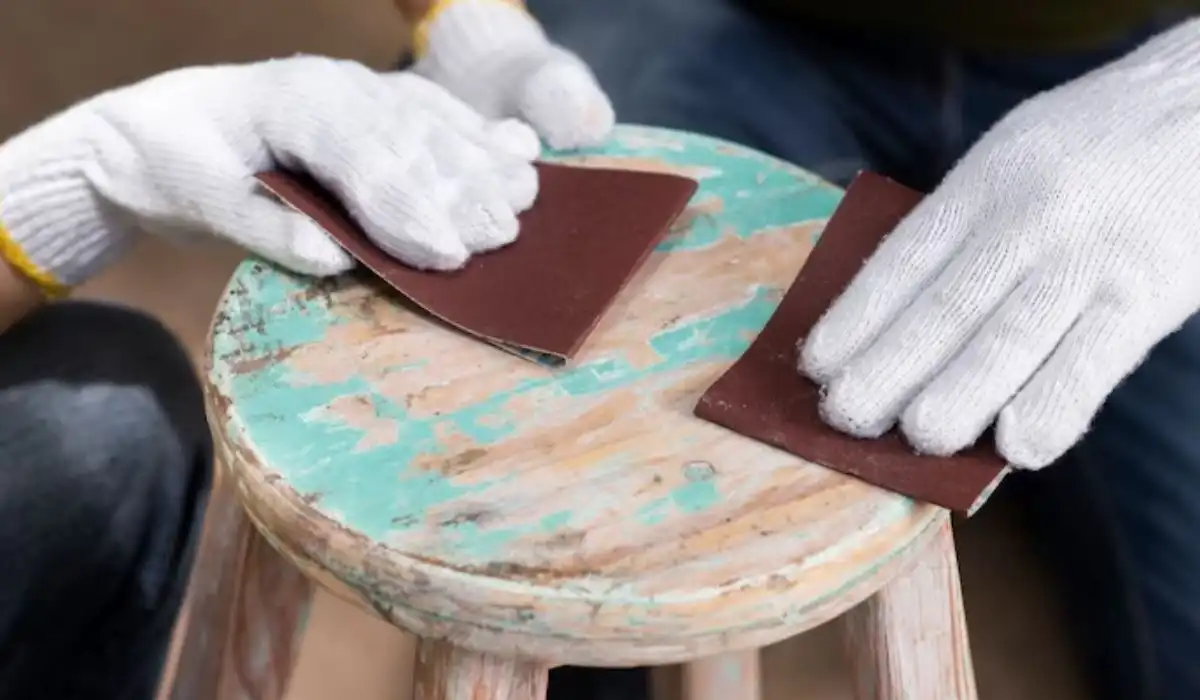
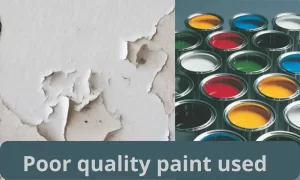
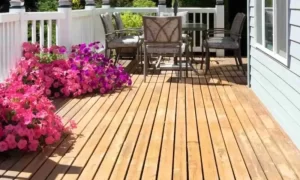 One of the biggest mistakes people make when
One of the biggest mistakes people make when 